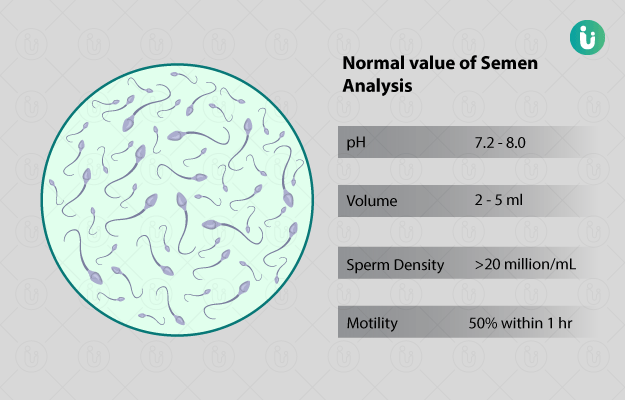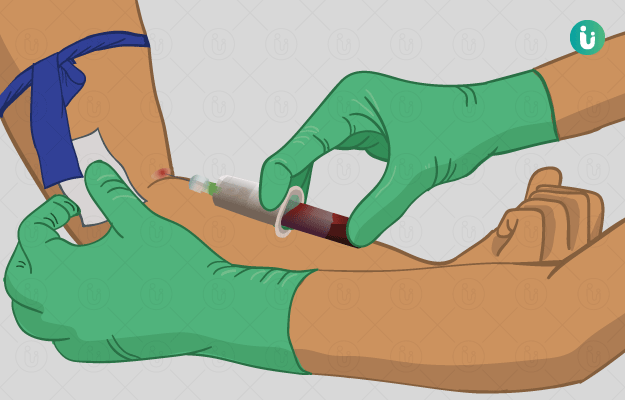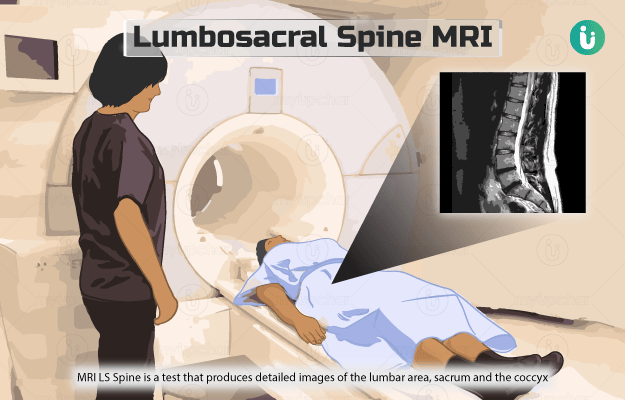What is Fatigue Panel?
Fatigue is not a condition but a symptom. It is known as the feeling of being constantly tired. However, fatigue is more than just feeling sleepy and tired. If you find it difficult to carry on with your daily tasks and focus on the activities at hand even when you have slept enough, exercise regularly and take care of proper nutrition, you are experiencing fatigue.
Most adults experience it at some point in their life. Fatigue may be physical, mental or both. It may be either due to a medical condition or problems with the lifestyle or general and psychological wellbeing.
The tests in the fatigue panel include the following:
- Complete blood count (CBC): Doctors order this test when they notice symptoms such as fatigue, weakness and bruising. A CBC can help in diagnosing the conditions that cause these symptoms. It includes the following test:
- White blood cell (WBC) count: WBCs play a role in protecting your body against infection- both bacterial and viral and from other organisms. When you have an infection, the number of WBCs in your body rises. Thus, a WBC count helps in determining if you have an infection. In case of cancer patients, this test also helps determine how the body is responding to cancer treatment.
- Differential WBC count (DLC): There are various types of WBCs in the body - neutrophils, eosinophils, basophils, monocytes and lymphocytes. Different WBCs have different functions in protecting the body. This test checks for the number of each WBC in the body. Increase or reduction in any type of WBC can indicate specific conditions. For example high eosinophils are seen in allergies. A differential WBC count also helps determine the number of immature neutrophils called band neutrophils.
- Red blood cell (RBC) count: RBCs transport oxygen from the lungs to different regions of the body and carry carbon dioxide back to the lungs. If your RBC levels are too high (polycythaemia), there is a possibility of the RBCs to clump together and block the capillaries, which are tiny blood vessels. If your RBC levels are too low (anaemia), it could mean the body is not getting enough oxygen.
- Haematocrit (HCT): This test checks for the volume occupied by RBCs in blood. It is measured as a percentage of RBCs in a volume of blood. For example, if the HCT value is 42, it shows that the RBCs occupy 42% of the blood.
- Haemoglobin (Hgb): Hemoglobin is a protein present in RBCs. It is what carries and transports oxygen. Hgb is also responsible for imparting the distinct red colour to RBCs. The Hgb test checks for the body’s ability to carry oxygen. Along with HCT, this test can detect if you have anaemia and polycythaemia - both of which have fatigue as a symptom.
- RBC indices: RBC indices are values that are calculated using results of the other tests in CBC. There are three RBC indices: mean corpuscular volume (MCV, size of RBCs), mean corpuscular haemoglobin (MCH, amount of Hgb in an average RBC) and mean corpuscular haemoglobin concentration (MCHC, the concentration of Hgb in an average RBC). These indices can diagnose different types of anaemia.
- Red cell distribution width (RDW): This test checks if the size and shape of all the RBCs in your blood are the same or different.
- Platelet count: Platelets are the smallest blood cells that are essential for blood clotting. If your platelet count is low, you will have uncontrolled bleeding; whereas, if you have a higher than normal platelet count, it increases your risk of getting blood clots inside blood vessels.
- Mean platelet volume (MPV): MPV is the average volume of platelets in your blood. It is checked along with the platelet count for the diagnosis of certain diseases. Even if the platelet count is normal, the MPV can be abnormal.
- Erythrocyte sedimentation rate (ESR): ESR test checks how fast your RBCs settle in a test tube in an hour. The ESR is higher if more RBCs settle at the bottom of the tube. In conditions such as infection, cancer or autoimmune disorders, the body produces special proteins that increase the ESR levels.
- Blood sugar (random): A blood sugar test checks for the levels of glucose in your blood. The random blood sugar test checks for the levels of glucose without considering when you had your last meal. This test is performed several times throughout the day. In normal people, the levels remain almost constant. If these values fluctuate, it means there may be a problem.
- Creatinine: Creatinine levels are measured to determine kidney function. Your kidneys constantly remove waste matter, including creatinine, from your blood. So, your healthcare provider can figure out if your kidneys are functioning properly by comparing the creatinine levels in your blood to a standard.
- Calcium: This test measures the total calcium in your blood. Calcium has many functions - it helps maintain your bone strength and plays a role in making the tooth enamel. Calcium is needed for muscle contractions, heart functioning, blood clotting and nerve signalling. So, determining calcium levels in your body can help diagnose and monitor a number of conditions.
- Magnesium: This test measures your blood levels of the mineral, magnesium. Magnesium is found in your bones and cells. It has many roles: it helps in muscle contraction, proper heartbeat, nerve signalling, calcium absorption, and even controlling blood sugar and blood pressure.
- Sodium: This is a blood test that measures the levels of sodium. Sodium helps in the normal functioning of the cells. You get sodium through food and eliminate it through the kidneys. If sodium accumulates in the blood, it leads to high blood pressure.
- Potassium: This test measures the level of potassium in your blood. Major amounts of potassium are present inside healthy cells, but small amounts are also present in the blood. Potassium has different roles: muscle contraction, nerve conduction, the functioning of the heart and fluid balance.
- Chloride: A chloride test, as the name suggests, measures the levels of chloride in your body. Chloride helps in transporting fluids into and outside the blood cells. If your chloride levels are unbalanced, you may feel sick. Your chloride levels may fall if you have diarrhoea or vomiting, but they may increase if you have a type of diabetes.
- Serum glutamic–pyruvic transaminase (SGPT): This is a blood test to evaluate how well your liver is functioning. It measures the levels of alanine aminotransferase, an enzyme found in the liver cells, and if the liver cells are damaged, the enzyme is released into the blood. If the SGPT results are high, it is a sign of liver damage.
- Thyroid-stimulating hormone (TSH): TSH is a hormone produced by the pituitary gland present in your brain. This hormone stimulates the thyroid gland present at the base of your throat to produce the hormones T3 and T4. If your TSH levels are too high, your thyroid gland may be overactive (hyperthyroidism). However, if your TSH levels are too low, your thyroid gland will be underactive (hypothyroidism).
- Folic acid (folate or vitamin B-9 test): Folic acid test measures the vitamin B9 levels in the RBCs or the liquid part of the blood, called serum. Folate is present in food sources such as spinach and citrus fruits. It is needed to make DNA and repair cells. Folate plays a role in preventing cancer. If your folate levels are low, it could lead to megaloblastic anaemia, which is characterised by a decrease in the number of RBCs and an increase in RBC size. If your folate levels are low during pregnancy, the foetus may have defects in the brain or spine.
- Urine R/M (routine and microscopic examination) test: A Urine routine test checks your urine sample to diagnose conditions, including kidney or liver problems, urinary tract infections, diabetes and cancer. It checks for three aspects of urine:
- Visual inspection: The colour and nature of the urine sample may help in determining the presence of blood or pus in the urine. Occasionally, kidney stones may also be observed. Depending on how the urine smells (rotting fish, maple syrup or mouldy), it could point to certain diseases.
- Chemical screening: In this test, a dipstick (a special strip) is used to check for glucose, protein, pH, ketones, bilirubin and RBCs in the urine sample.
- Microscopic screening: Urine sample is checked under the microscope to check for the presence of urine crystals, cells, mucus, urinary casts, other substances, bacteria or other microorganisms.














